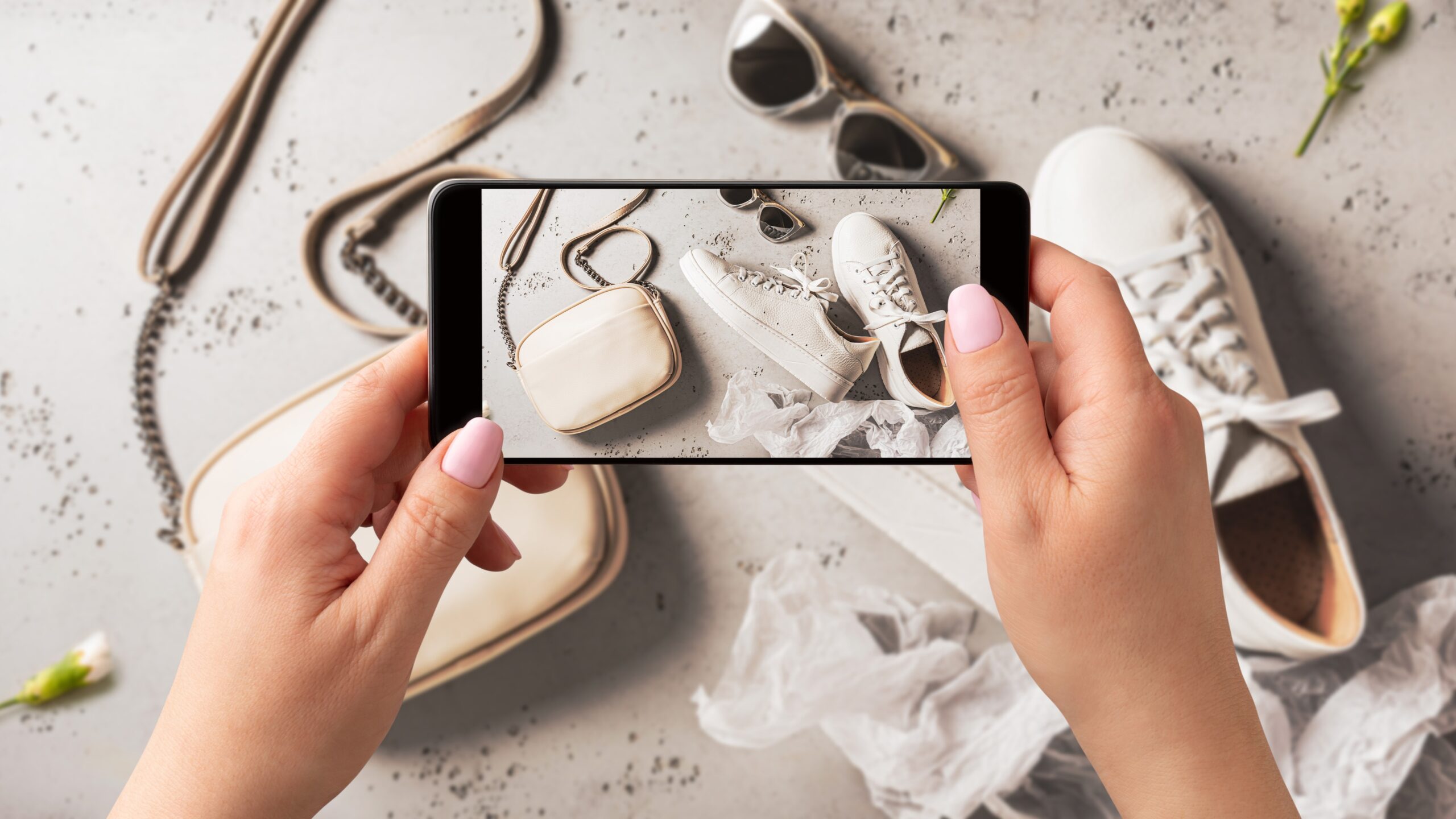
It’s officially springtime! Which for a lot of us means it’s time for the dreaded annual spring cleaning. Bagging up unworn cocktail dresses, candles you’re never gonna burn, and jewelry that doesn’t match your fave outfits — it’s all gotta go somewhere. Save yourself some storage stress and allow these items to go to a new and loving home with a little decluttering.
It can be a boring, stressful, and confusing process that we all have to do eventually. You may as well make some money from it, right?
So why not sell most of it? It sounds intimidating, but with a small amount of research and some bubble wrap, you can make a nifty profit. Garage sales are a classic, but selling online is a lot simpler and more cost-effective than you would think. Here’s how.
Find the best app or site for the job.
There isn’t a shortage of secondhand stores online to choose from on the worldwide web. Depop is easy to work with and has a useful hashtag system that helps search engine optimization for your items. The downside is that Depop fees can take a small chunk of your profits away — though, the smaller the sales price, the lower that percentage. Vinted doesn’t take any sales fees due to it relying on ad space, so you get to keep all the profits. So you’re more likely to build profits; however, it’s mostly for fashion items rather than old Blu-rays and ornaments. Just be sure to calculate your postage and packaging costs precisely to avoid any lost revenue.
Facebook Marketplace is a great place to sell items if you want to hand over the items directly to the customer. This means no postage and packaging fees. It's not a great option for those with social anxiety, but it does mean you barely have to lift a finger if you meet your customer in your driveway. You can even open up your own store on your own website, but for beginners we’d recommend letting an online thrift store do the tricky parts.
Shop around for the best shipping service.
Sometimes using nationalized mail for your orders can be the more expensive option, especially for bulk or weekly orders. Most secondhand apps give you the option between the big hitters such as FedEx, DHL, and UPS, and they all have their pros and cons, from super-fast deliveries and quality of package handling to how often packages go missing — and generally which services will suit your online store most. Many companies will also offer discounts for bulk sending, so if you do end up with a lot of orders, make sure to inquire about this.

You can also let customers choose which service they want for their item, as the cost will differ between companies; just don’t add a service to the drop-down list if you don’t vibe with its reputation. You’ll also need to set up a good system with whichever shipper or shippers you choose, which means having your postage set up in advance and having a good volume of packaging at the ready. In some cases, as soon as someone buys an item, the shipping service will come to your door the next day to pick it up, which means you’ll need to print out the customer's details along with the corresponding QR code before they arrive. This is great if you don’t want to leave the house, but if it doesn’t suit your schedule, you can always leave packages at a pickup/drop-off point.
Glamorize your items, without hiding flaws.

One of the worst aspects of buying anything online is realizing it is nothing like the original listing. In some terms of service, you can get penalized for misleading the buyer by doing this and be forced to refund. Needless to say, it’s bad form, and you wouldn’t like it to happen to you. So you need to disclose any missing buttons on a sweater, any scuffs on a piece of artwork, and so on. That being said, there’s nothing wrong with a little window dressing when it comes to advertising your listing.
Instead of taking a poorly lit image of a dress against a white wall, hang it up against a floral wallpaper, using a ring light to accentuate its best angles. Wear the item or ask a friend to model it in order to show that any flaws don’t ruin its wearability or style. Be truthful but fancy about it. Similarly, with non-clothing items, set up a nice backdrop for the items that lets your potential customers imagine that item in their home: dog-eared books next to a warm cup of coffee, cute salt shakers next to a mouthwatering meal — the possibilities are endless. And, of course, clean everything to the best of your ability. No one wants to receive a stained shirt or a necklace that stinks of tarnish. However you do it, try to use trending and descriptive hashtags to boost your sales algorithm, such as #90saesthetic, #vintagefashion, and #makeuplovers.
Quality, bundles, and discounts are key to better sales, and market research is your best friend.
Doing your market research is such a vital step in being able to make a profit from secondhand selling. This includes collating the average price range of your item from other sellers. This could mean seeing how much a specific Kate Spade bracelet is going for online or simply roughly how much someone is willing to pay for an unbranded knitted hat whose origin you can’t recall. You can do this on the store itself by searching existing items, checking the highest, lowest, and median prices. Most people will go for the cheapest option, so you need to offer them something that other sellers can’t if you are pricing higher. If it’s unused and in like-new condition, or still in its original packaging, people will probably purchase that over a well-used and stained cheaper version.
You can also offer the item with other products as a bundle. Customers are drawn to bundle deals, as not only are more items better than one, but bundles equal discounts. Why buy two perfumes for $50 each when they can get two for $80? If your prices take into account postage and packaging and what you originally paid for the item, you can still come out with a profit this way. So for both buyer and seller, it’s win-win. With apps like Depop, you can also edit old listings to include a discount, showing what a customer would save as well as the original price. Discounted items, regardless of price, will always advertise a good deal, after all.







